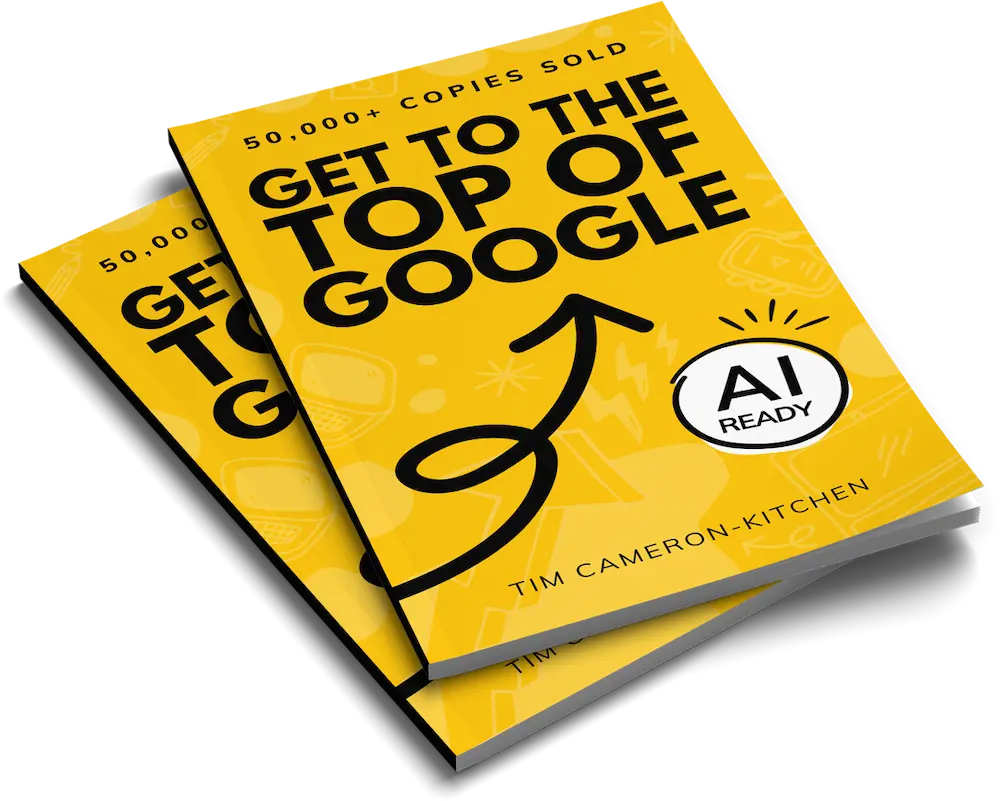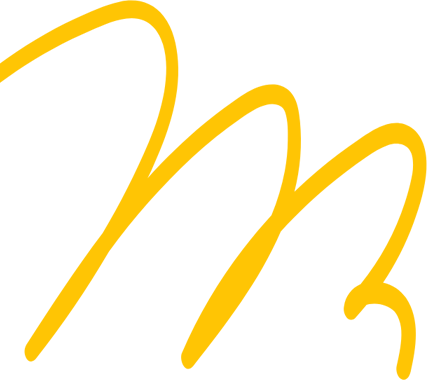
Get Weekly Marketing Tips
Join 30,000+ marketers and get the best marketing tips every week in your inbox
You’ve probably heard of anchor text: the visible, clickable words used to link one page to another. It’s the visible part of a hyperlink. Hopefully, you’re using anchor text within internal and external links. You may even be using it in guest posts or outreach articles.
What is Anchor Text?
Anchor text can have a major influence on rankings in the search engine results pages (SERPs). Search engines such as Google are able to see this text and the page or site it is linking to and will take it as an indicator of the relevance of the target. The better the relevance, the more positively search engines will view the anchor text, increasing the chances of your page and website ranking well.
In basic terms, this means that if you were to create a link to a page with the anchor text “gold watches”, search engines will see this as an indicator that the page or site being linked to is a good fit for a query on gold watches. It’s that simple!
The Danger of Anchor Text Overuse
So, with the basic knowledge under your belt, it’s time to start using your web copy to link to anything and everything that’s relevant! Right?
Not so fast. Anchor text can be overused to the detriment of a site’s link profile. For a start, it is important that you do not use the same exact anchor text constantly. Doing this can cause search engines to view it as an attempt to manipulate the search engine results and, as such, can reduce a site’s ranking. This is why anchor text diversity is a vital part of your SEO strategy.
This wasn’t always the case. In late 2003, the top result for the search phrase “miserable failure” was the White House biography page for George W. Bush. This was accomplished by internet users creating as many links as they could using the anchor text “miserable failure” and pointing the links at that page — a practice known as Google Bombing. Whilst it took time, Google reacted by updating its algorithm to prevent these pranks.
It is important to diversify the anchor text you use. Using exact match anchor text is something that should be done carefully and kept to a minimum to avoid search engines viewing this as a manipulation attempt.
Boost Your Brand
Search engines love to see sites with a strong brand image. Using branded keywords in relevant outreach pieces will endorse your brand as an expert within your industry. Furthermore, the more people see your brand name out there, the more likely they are to search for it. And your brand is going to be your strongest keyword!
Branding your anchor text also allows you to establish the narrative for your business. You want to be the author of your story – not a third party. So get your brand out there!
The 7 Types of Anchored Text
Each of the seven types of anchor text keywords should be utilised to varying degrees:
1) Exact Match – 5% of links
Exact match anchor text is often overused. It may come as a surprise to you that a mere 5% of your external backlinks should be exact match! Exact match is simply your keyword, whether long, medium or short-tailed. So if you’re trying to rank for “Gold Watches”, an exact match anchor text would simply be “Gold Watches”.
2) Phrase Match – 20%
Phrase match anchor text is a fantastic way to utilise your target keyword, without appearing spammy or unnatural. Studies show around 20% of your backlinks should use phrase match anchor text for optimal impact. A typical phrase match anchor text includes the targeted keyword, along with other words to make a related phrase. So whilst the target keyword is “Gold Watches”, the phrase match anchor text could be “Find the lowest priced gold watches” or “If you’re looking to purchase gold watches”.
Get to the top of Google
Learn how to get your website to the very top of Google (and turn that traffic into revenue).

3) Brand Name – 10%
In addition to the benefit of boosting your brand’s reputation, brand name anchor text is also beneficial for SEO (Search Engine Optimisation). By anchoring your brand name in a sentence containing a relevant keyword, you also indicate relevance. Brand name anchoring is simply anchoring your company name — for example “The Gold Watch Company”.
4) Branded – 25%
Branded anchor text makes up both your brand name and a relevant phrase match. Up to 25% of your incoming links should be made up of branded keywords. Studies show that the more references people connect to a brand, the more likely they are to remember that brand.
An example of branded anchor text would be: “The Gold Watch Company offers high-quality watches at low prices”. Notice that this is a positive message. Your branded anchor text should be positive and memorable, encouraging the reader to click through.
5) Keyword Branded – 15%
15% of your links should be keyword branded anchor text. This means you need to take your brand and keyword and anchor them. This straightforward approach must be used in a natural way. So, The Gold Watch Company which is targeting “Gold Watches” would anchor “Buy gold watches from The Gold Watch Company”.
6) Other Terms – 15%
Other anchor text is comprised of other text and keywords, but not the targeted keywords or your company’s brand name. Good examples for our awesome, imaginary watch company would be “watch shop” or “gorgeous watches”. This also includes phrases like “read more” or “on their website” (although keep this to a minimum). Up to 15% of your total backlinks should use this type of anchor text.
7) Root, Subdomain/Subdirectory, or Page URL – 10%
Did you know that it’s perfectly fine to simply use your URL in your anchor text? In fact, it’s the right thing to do for one-tenth of your anchor text. Up to 10% of your incoming links should utilise the root domain, subdomain, or page URL in the anchor. This is often displayed in local directory listings (used in Local SEO campaigns) and social media links. However, you can also add URL links to your author profile or video links.
Here’s a handy table breaking down each of the seven types of anchor text you should be utilising:
These percentages provided above are a guide and not absolute values. What’s important is to ensure the keywords and anchor text flow naturally within the content and that it’s appearing on a relevant, high-quality website. However, keeping these volumes and ratios in mind will provide a diverse backlink profile and will help to increase a site’s ranking.
Now you know more about anchor text diversity if you’re considering updating some of your older blogs, or starting one if you haven’t already, you should read our guide to creating great content that ranks on Google.
What to Read Next
- Improve your backlink profile with these 17 different ways to earn backlinks.
- Learn how to create sponsored content that people actually want to read.
This guide was originally written by Andy Tuxford in 2017, and updated by Jess Percival in 2022





















